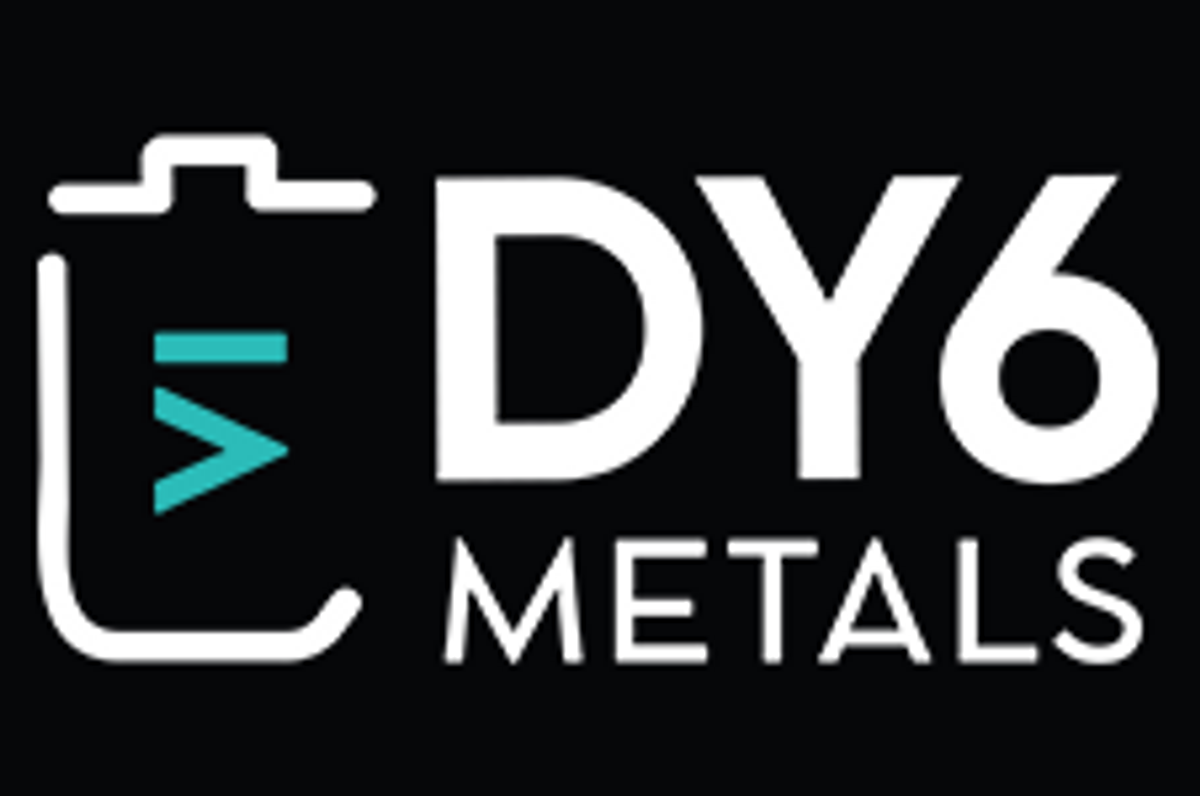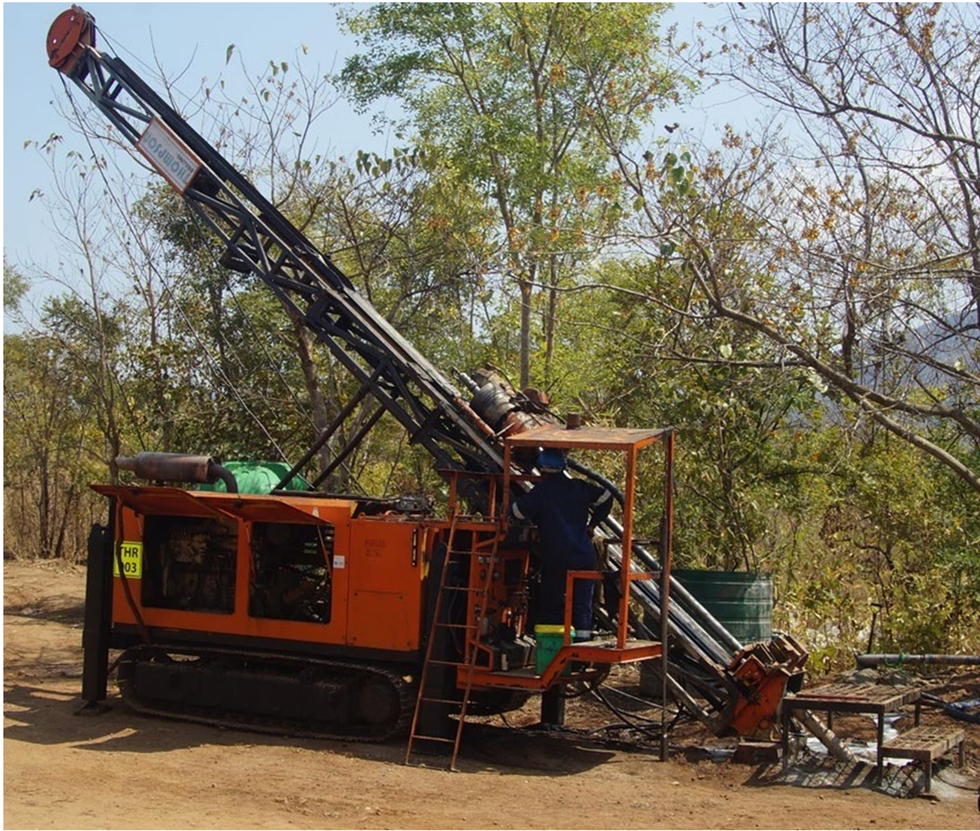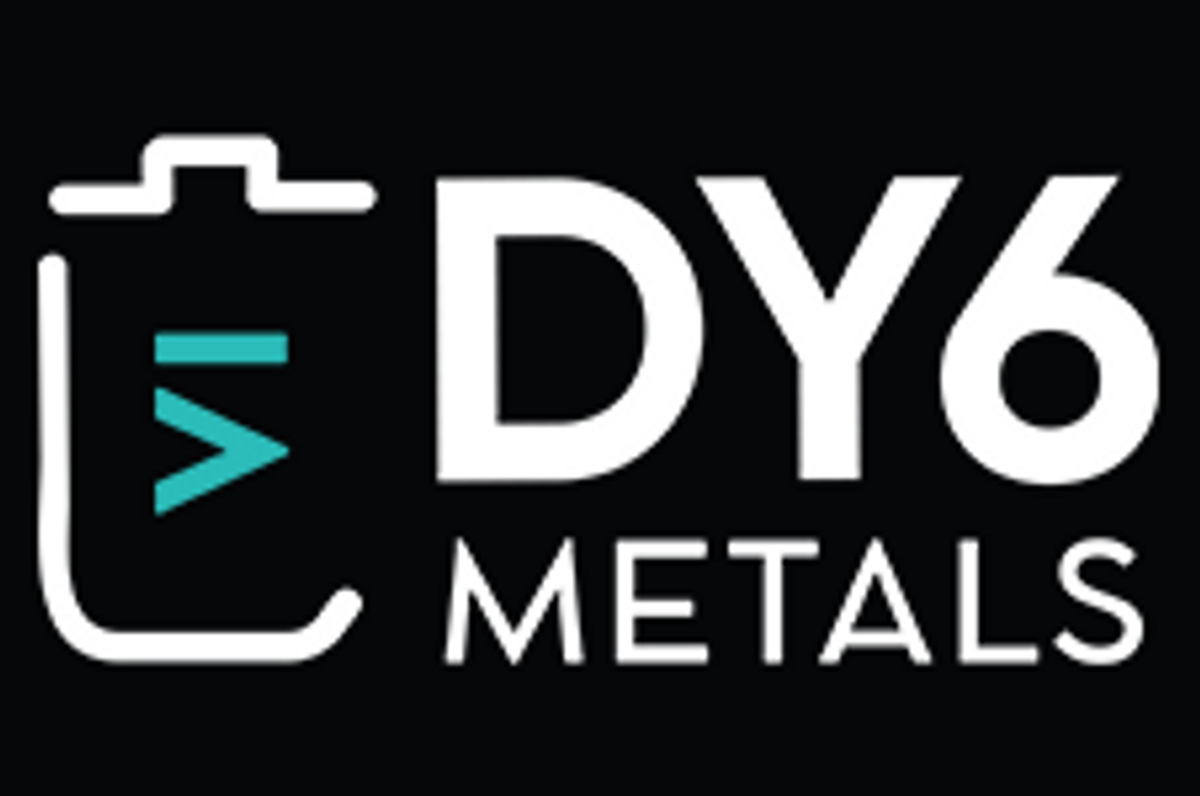
September 10, 2023
Heavy rare earths and niobium explorer DY6 Metals Ltd (ASX: DY6) (“DY6”, “the Company”) is pleased to advise that the maiden drill program at the Company’s flagship, Machinga heavy rare earths (HREE) and niobium project (Nb) in southern Malawi has been successfully completed.
- Successful completion of maiden drilling program at the Machinga HREE & Niobium Project in southern Malawi
- A total of 4,543m completed, consisting of 35 reverse circulation (RC) holes for 3,643m and 8 diamond drill (DD) holes for 900m
- Potential widespread REE mineralisation from visual inspection across majority of diamond drill core1
- Potential for a large mineralised system of REE over numerous zones
- Assaying of the first and second batch of RC drill chips is underway at Intertek Perth with results to be progressively released over the coming weeks
- Full assay results received from soil and rock chip sampling programs at Machinga North:
- 256 soil samples were taken on a 200m x 50m grid
- Assays returned up to 3520ppm (0.35%) TREO, 3730ppm (0.37%) Nb and 1.84% Zr
- 35% of all soil samples returned >1000ppm (>0.1%) TREO
- 49 rock chip samples were taken from historic trenching
- Assays returned up to 28,299 ppm (2.83%) TREO, 0.77% Nb and 6.59% Zr
- 256 soil samples were taken on a 200m x 50m grid
Maiden Drill Program Completed
A total of 4,543 metres has been drilled at the Machinga North prospect, consisting of 35 RC holes for 3,643m and 8 DD holes for 900m (Figure 1). Three of the DD holes were drilled to provide adequate sample material for subsequent mineralogy and metallurgical test work to be carried out in the last quarter of 2023. Delineation of ore- types such as those dominated by eudialyte will assist early metallurgical testing and commencement of mineralogical work to identify the REE-controlling phases and their distribution.

The initial drilling program has rapidly advanced geological knowledge of the Machinga alkaline complex. The drill core shows hydrothermal breccias, granite gneiss and migmatite with radiometric responses showing strong correlation with the hydrothermal breccias. REE mineralisation was visually identified in the majority of drill core at the Machinga North prospect and indicates the potential for a large mineralised system over numerous zones.
Preliminary interpretation of the drill core aligns with previously reported geological evaluation of the mineralisation, which is tentatively identified as Eudialyte, an important zirconosilicate and REE bearing mineral (REE, Nd, Ta, and Zr) that is enriched in HREEs, Dy and Tb (Figures 2, 3 & 4). Eudialyte was identified and confirmed by petrology by the previous project owners (refer Globe Metals and Mining ASX:GBE, 29/7/2010).
Note however that the presence of eudialyte does not necessarily equate to REE mineralisation until confirmed by chemical analysis. Furthermore, it is not possible to visually estimate the percentage of REE mineralisation, and this will be determined by laboratory results reported in full once received.
Click here for the full ASX Release
This article includes content from DY6 Metals, licensed for the purpose of publishing on Investing News Australia. This article does not constitute financial product advice. It is your responsibility to perform proper due diligence before acting upon any information provided here. Please refer to our full disclaimer here.
DY6:AU
The Conversation (0)
10 July 2024
DY6 Metals
Developing new sources of critical minerals to power the green energy transition
Developing new sources of critical minerals to power the green energy transition Keep Reading...
24 July 2024
Quarterly Activities Report for the Period Ended 30 June 2024
Heavy rare earths and critical metals explorer DY6 Metals Ltd (ASX: DY6) (“DY6”, “the Company”) is pleased to present its quarterly activities report for the June 2024 quarter. Tundulu (REE)Historical high-grade drill intercepts reported at Tundulu including1:101m @ 1.02% TREO, 3.6% P2O5 from... Keep Reading...
02 July 2024
Reconnaissance Sampling Program Commences at Ngala Hill PGE Project to Follow up Historical Targets
DY6 Metals Ltd (ASX: DY6, “DY6” or the “Company”), a strategic metals explorer targeting Heavy Rare Earths (HREE) and Niobium (Nb) in southern Malawi, is pleased to report it is preparing for commencement of a reconnaissance program at the Company’s highly prospective PGE project at Ngala Hill... Keep Reading...
29 June 2023
Heavy Rare Earths & Niobium Explorer DY6 Metals Lists On ASX Following Successful $7M IPO
Heavy rare earths and niobium explorer DY6 Metals Limited (ASX: DY6) (“DY6”, “the Company”) is pleased to announce that its shares will begin trading on the Australian Securities Exchange at 9am Perth today. $7 million successfully raised via IPO, including $2.5 million from Hong Kong- based... Keep Reading...
Latest News
Latest Press Releases
Related News
TOP STOCKS
American Battery4.030.24
Aion Therapeutic0.10-0.01
Cybin Corp2.140.00

